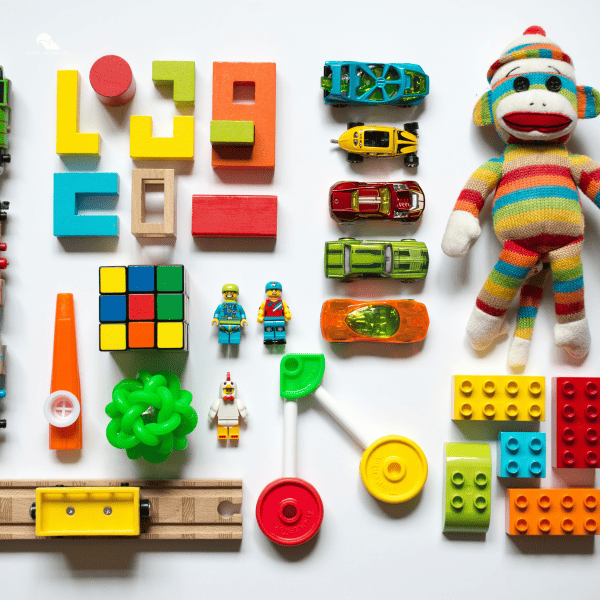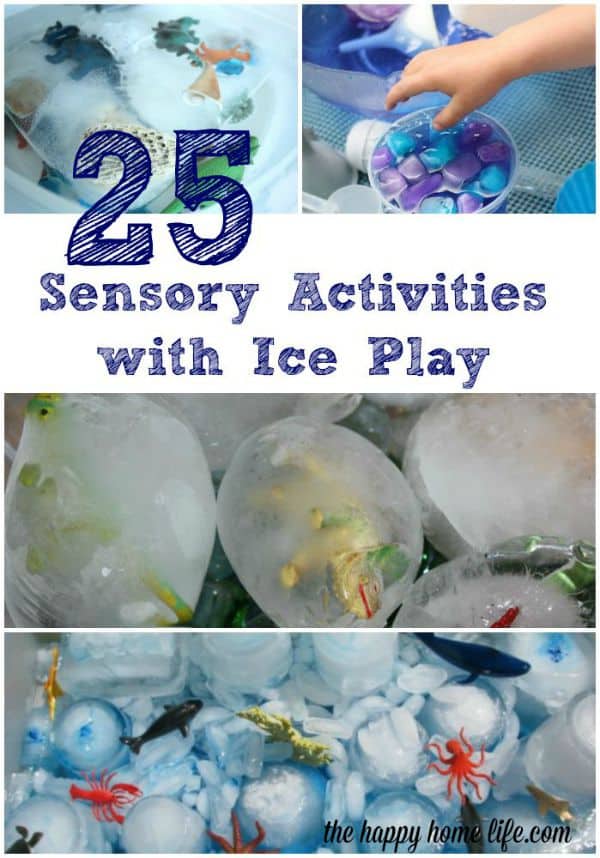Your little ones are the apples of your eye and the biggest responsibilities of your life, so it is really hard to start loosening the apron strings a little as they get older, right? But if you want them to be happy, healthy well-rounded kids, that’s exactly what you need to do.
That being the case, let’s take a look at what you can do to give your kids a taste of independence without losing your cool (or your mind).
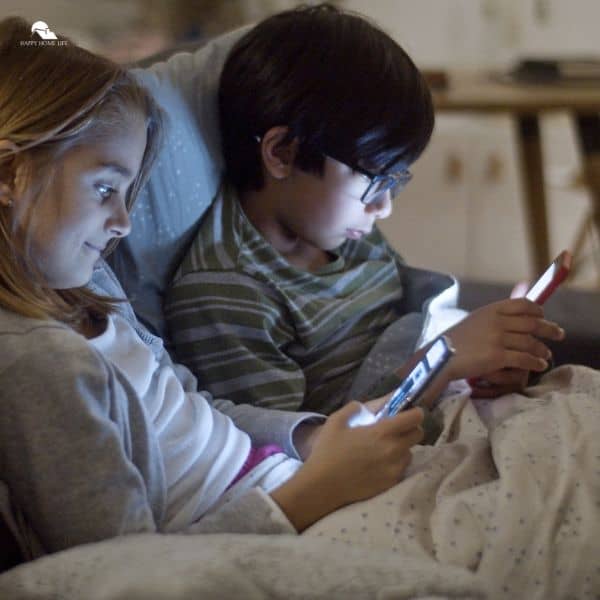
1. Start with the Safety Basics: The Mighty Kids ID Card
Before you unleash your youngsters into the wilds of the neighborhood, arm them with a Kids ID card. It’s like giving them a little shield—just in case. This card can carry essential info like their name, your contact details, and any important medical information. It’s especially handy for those just-starting-to-roam years when they might forget more than just their mittens at the park.
2. Establish Check-in Protocols
Give them freedom, yes, but with a dash of responsibility. Set up check-in times when your kids should either call you, send a text, or use a family communication app to confirm they’re okay. It’s the perfect compromise: they get to feel like independent adventurers, and you get to breathe easy knowing they haven’t started a new life in the wild.
3. Use Technology Wisely
Embrace technology that fosters independence while keeping safety nets intact. Apps and gadgets designed for family safety can allow your kids to explore their world more freely. From GPS watches that keep you informed of their whereabouts to apps that send you alerts if they stray too far from pre-set zones, technology can be your silent co-pilot in this journey.
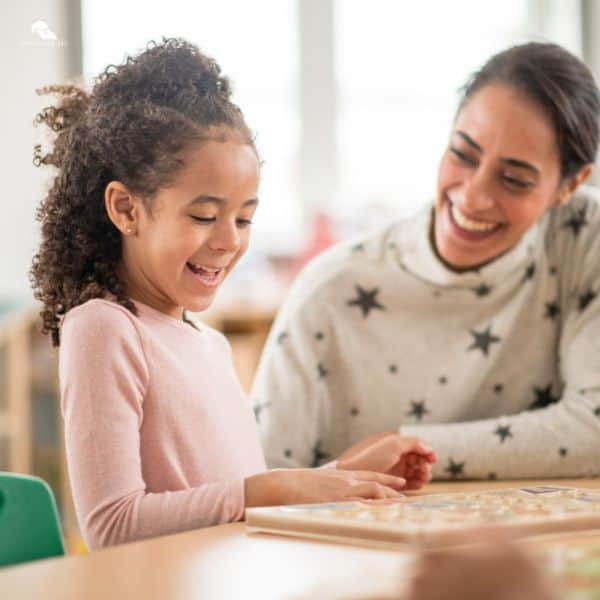
4. Teach Problem-Solving Skills
Independence is more than just physical freedom—it’s also about making good decisions. Spend time teaching your kids problem-solving skills. What should they do if they get lost? How should they handle a stranger asking questions? Role-play various scenarios so they feel prepared and confident. It’s like giving them a mental map along with the freedom to roam.
5. Gradual Expansion of Boundaries
Start small with the freedom you give. Allow trips to a nearby friend’s house or short visits to a local park. As they demonstrate responsibility and good judgment, gradually expand their boundaries. Maybe next month, it’s a bike ride to the library. It’s like leveling up in a video game—each stage brings bigger, more exciting challenges.
6. Foster Open Communication
Keep the lines of communication as open as possible. Let your kids know they can talk to you about their experiences and the feelings that come with increased freedom. Encourage them to share both the good and the iffy. Open communication doesn’t just help you gauge how they’re handling their new freedom; it also reinforces their safety net.
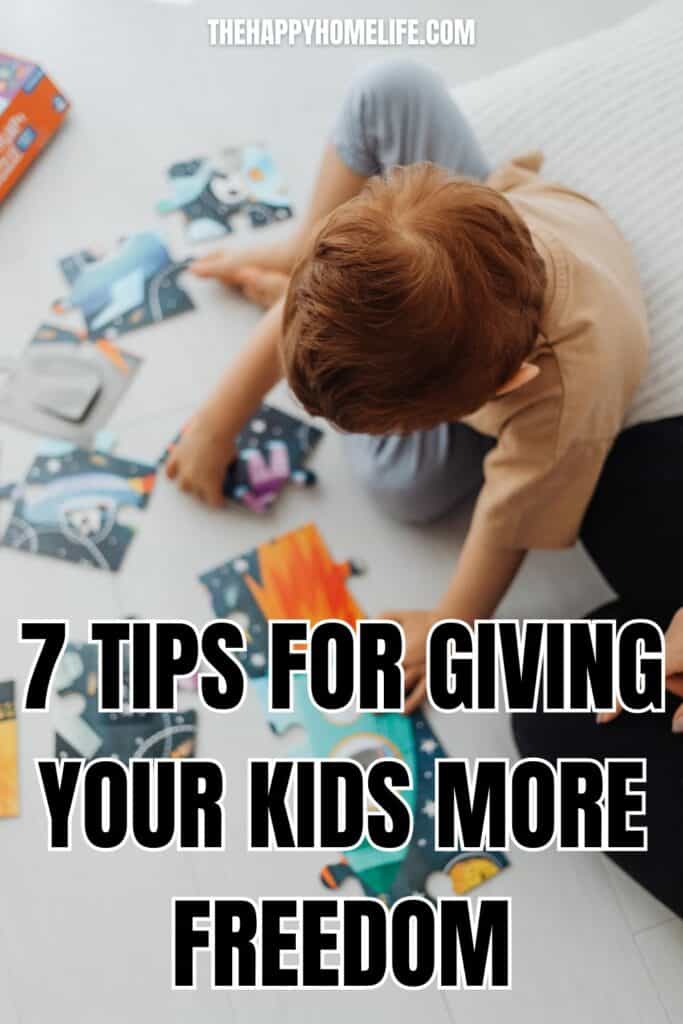
7. Trust but Verify
Last but not least, trust your kids, but verify that they’re sticking to the agreed-upon rules and boundaries. This isn’t about spying; it’s about accountability. Trust builds confidence and strengthens your relationship, but little checks here and there ensure they’re learning and growing safely.
As you can see, giving your kids more freedom doesn’t have to feel scarier than the last time you saw a horror film on the big screen With the right tools, a little technology, and a lot of communication, you can help them grow into responsible, independent beings without living in a state of perpetual anxiety!



